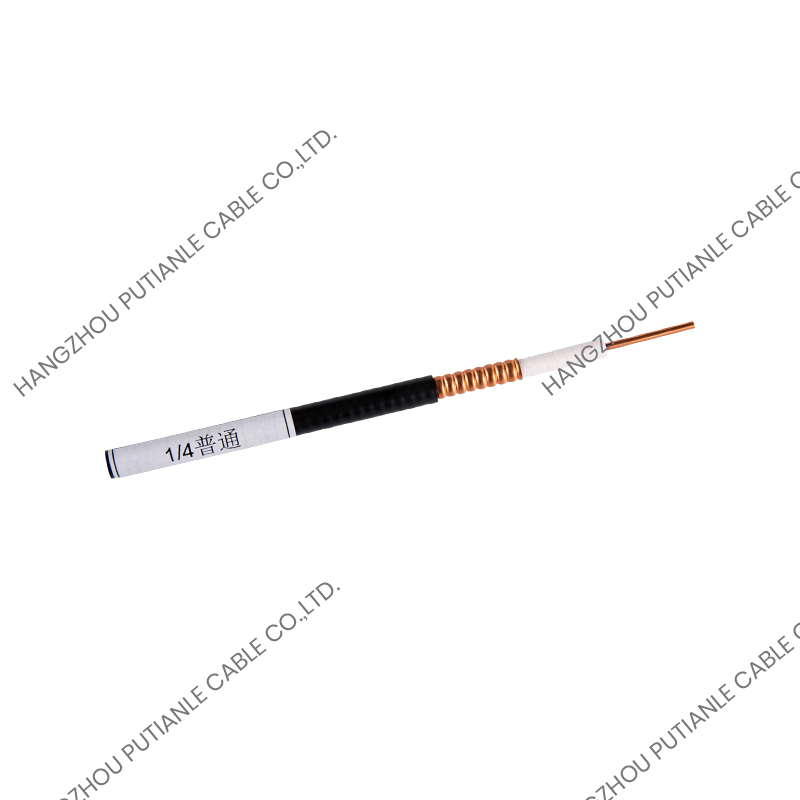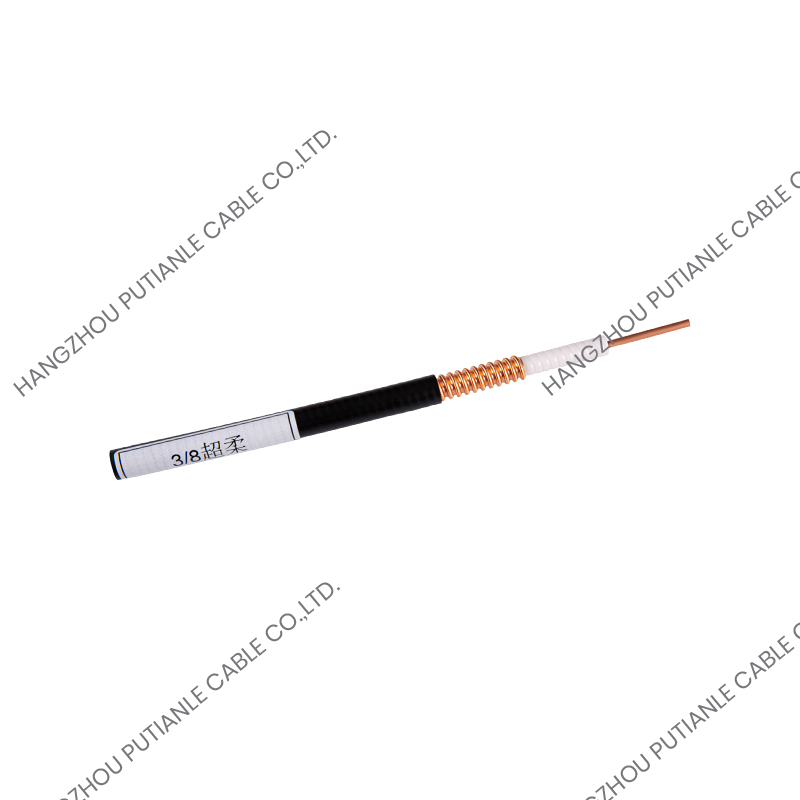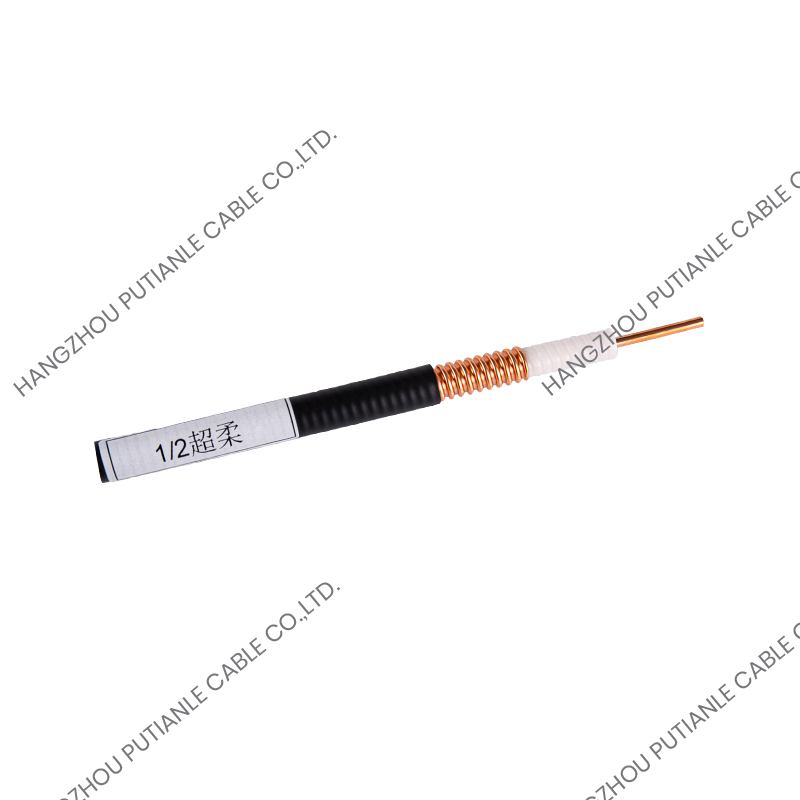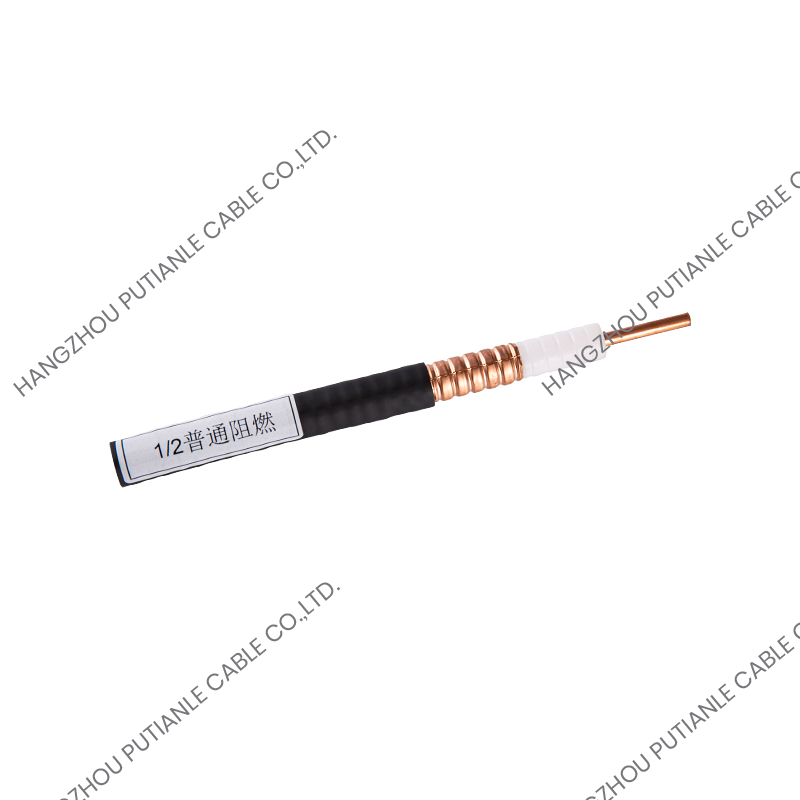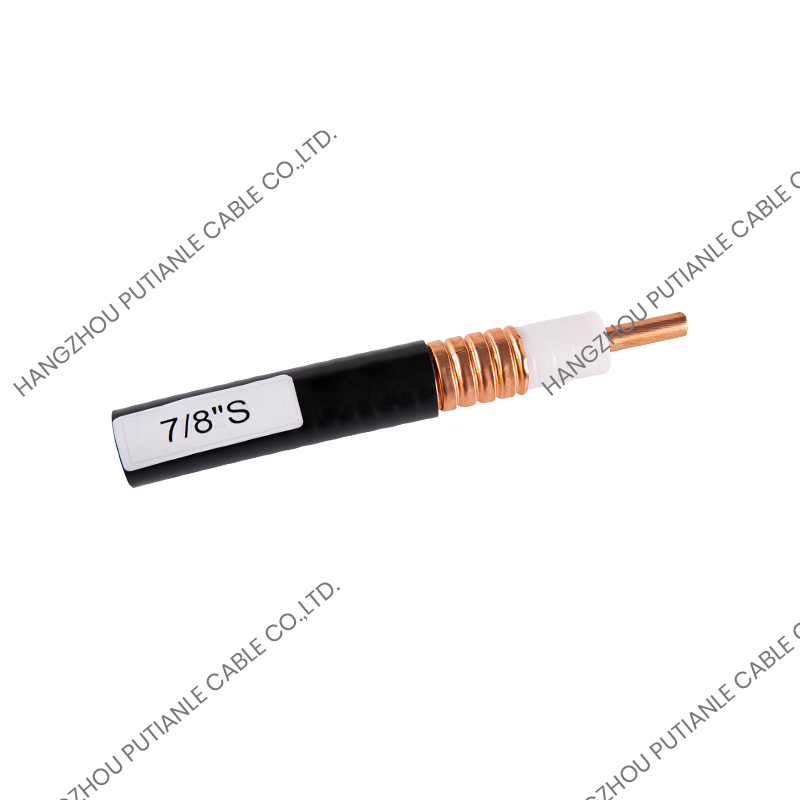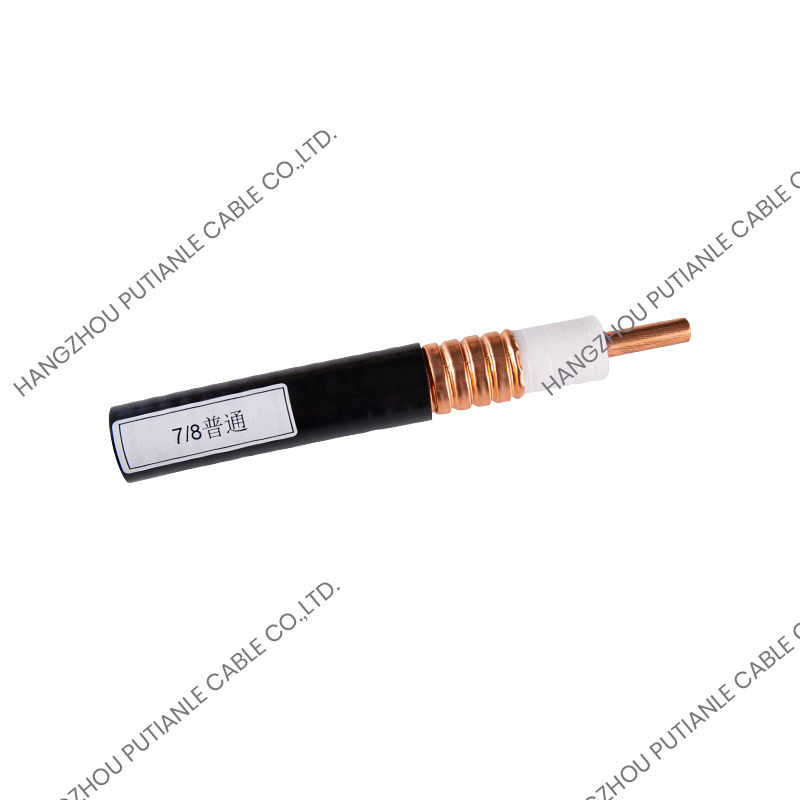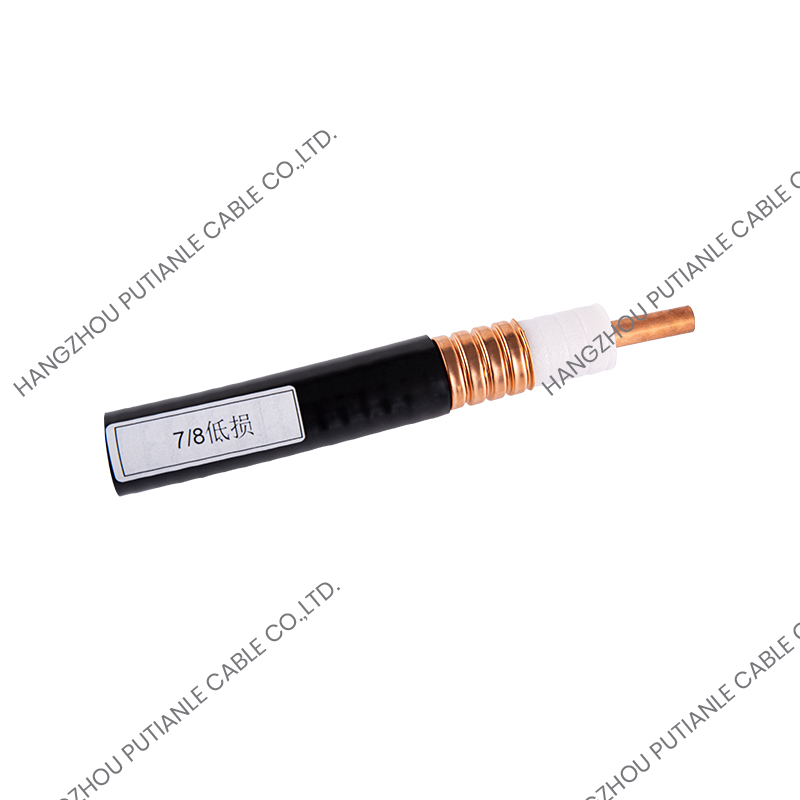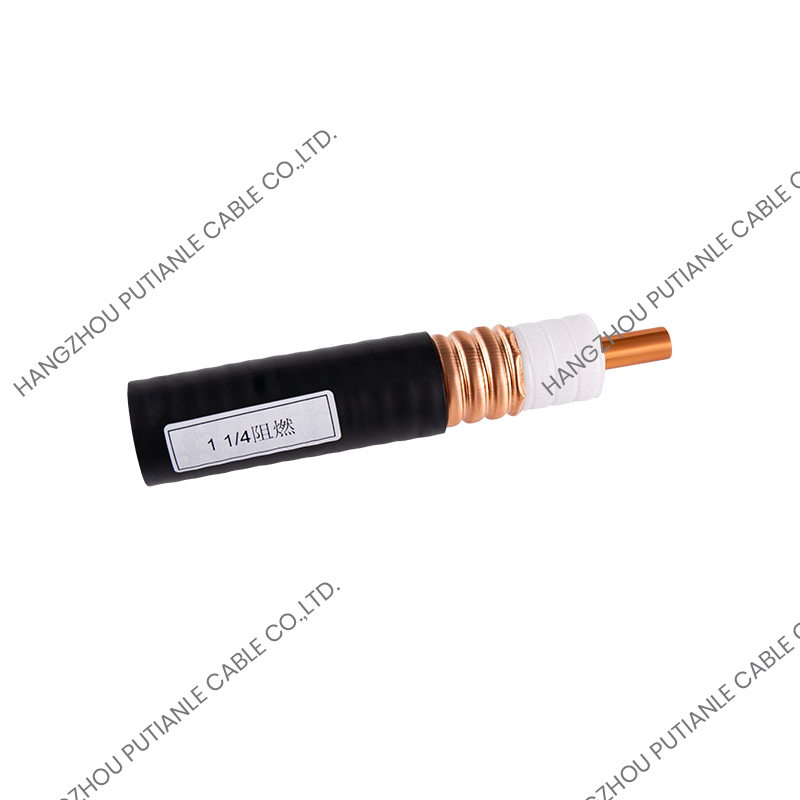In order to evaluate the flame retardant performance of cables, the International Electrotechnical Commission has formulated three standards: IEC60332-1, IEC60332-2 and IEC60332-3.
IECC60332-1 and IEC60332-2 are used to evaluate the flame retardant performance of a single cable when it is laid at an angle and vertically (corresponding to GB12666.3 and GB12666.4 standards in China).
IEC60332-3 (corresponding to GB12666.5-90 in China) is used to evaluate the flame retardant performance of bundled cables when they are burned vertically. In comparison, the flame retardant performance requirements of bundled cables when they are burned vertically are much higher.
IEC60332-1/BS4066-1 Flame Retardant Grade (Vertical Burning Test of Single Wire or Cable)
This is the flame retardant standard for a single cable. The test stipulates that a 60cm long sample is fixed vertically in a metal box with an opening on the front wall. The flame cone of a propane burner with a flame length of 175mm contacts the cable at a 45-degree angle from a position 450mm from the upper fixed end of the sample. If the damaged part of the sample is no more than 50mm away from the lower part of the fixed end, the test is passed.
IEC60332-3/BS4066-3 Flame retardant grade (vertical burning test of bundled wires or cables)
This is the flame retardant standard for bundled cables. The test stipulates that a bundled 3.5m long cable sample is fixed on a trapezoidal test frame with iron wire, and the number of samples is determined by the non-metallic materials required by different classifications. The sample is hung vertically on the back wall of the combustion furnace, and air is introduced into the combustion furnace through the air inlet on the bottom plate. The propane flat burner contacts the sample with a flame of 750℃. Under forced blowing (airflow discharge 5m3/min, wind speed 0.9m/sec), the sample must not burn within 20 minutes of vertical burning, and the cable must extinguish itself within 2.5 meters of flame spread. IEC60332 is divided into Class A, Class B, Class C and Class D to evaluate the flame retardant performance.
Bundled combustion is divided into Class A, Class B, Class C and Class D, so ZA, ZB, ZC and ZD are used to distinguish them. Among them, Class D flame retardant is a new proposal of IEC, which is suitable for wires and cables with an outer diameter of 12mm and below
Since ordinary wires and cables release a lot of harmful gases when burning, flame retardant and fire-resistant cables have been widely used in recent years. Smokeless and halogen-free, low-smoke and low-halogen products are used by various industries, accounting for an increasing proportion. Many cable companies in my country develop and produce flame retardant and fire-resistant cables and export them abroad.
The international standards for flame-retardant cables or materials have been fully updated. The international standards for flame-retardant cables are divided into two major systems. One is the European system (including IEC, ISO, BS and other standards), and the other is the American system (including UL, ASTM, AEIC and other standards). The biggest difference between the two systems is the vertical combustion test of bundled cables. my country's national standards for flame retardant and fire-resistant wires and cables are equivalent to IEC (International Electrotechnical Commission) standards. Europe does not allow cables to be laid in ventilation ducts, but this is allowed in the United States.
UL1666 simulates the combustion conditions of multiple cables laid vertically in ventilation shafts, and puts forward higher requirements for the flame retardant performance of cables. In addition, UL910 involves combustion tests in horizontal tunnels, which are not included in European standards. The United States is the largest market for wires and cables. Now many domestic companies have received bids from the United States, requiring them to produce products for them according to UL standards.
my country's national standards for flame retardancy and fire resistance of wires and cables have all been equivalent to IEC (International Electrotechnical Commission) standards, such as GB/T 18380-2001 "Combustion test of cables under flame conditions" is equivalent to IEC 60332-3:1992; GB/T19216-2003 "Test method for fire resistance of wires and cables") is equivalent to IEC60331-21:1999; GB/T17651-1998 "Determination of smoke density of cables and optical cables burning under specific conditions" is equivalent to IEC61034:1997. At present, the IEC60332-3:1992 standard has promulgated a new standard IEC 60332-3:2000 "Cable Test under Flame Conditions", and European countries have implemented the new standard. This article introduces the differences between the test requirements of UL1666-1997 (revised in 1999) "Flame Spread Height of Cables in Shafts" and GB/T 18380-2001 "Cable Combustion Test under Flame Conditions" and IEC60332-3:2000 "Cable Test under Flame Conditions".
UL Flame Retardant Standard
UL Flame Retardant Standard Any cable listed by UL that has been tested and verified to meet a certain fire protection level can be printed with UL identification words, fire protection level and approval number on the cable.
◎Boosting Grade - CMP Grade (Supply Air Burning Test/Stena Air Duct Test) This is the cable with the requirements in UL fire protection standards. The applicable safety standard is UL910. The test stipulates that multiple specimens are laid on the horizontal air duct of the device and burned for 20 minutes with an 87.9KW gas Bunsen burner (300,000 BTU/Hr). The qualified standard is that the flame cannot extend beyond 5 feet from the front of the gas Bunsen burner flame. The peak value of the optical density is 0.5, and the average density value is 0.15. This CMP cable is usually installed in the air return booster system used in ventilation ducts or air handling equipment, and is recognized and adopted by Canada and the United States. The flame retardant performance of FEP/PLENUM materials that meet the UL910 standard is better than that of low-smoke halogen-free materials that meet the IEC60332-1 and IEC60332-3 standards, and the smoke concentration is low when burning.
◎ Trunk Grade - CMR Grade (Upright Burning Test) This is a commercial-grade cable in the UL standard, and the applicable safety standard is UL1666. The experiment stipulates that multiple samples are laid on a simulated vertical axis and burned with a specified 154.5KW gas Bunsen burner (527,500BTU/Hr) for 30 minutes. The qualified standard is that the flame cannot spread to the upper part of the 12-foot-high room. There is no smoke density specification for trunk-grade cables, which are generally used for vertical and horizontal wiring on floors.
◎ Commercial-grade-CM grade (vertical burning test) This is a commercial-grade cable in the UL standard, and the applicable safety standard is UL1581. The experiment stipulates that multiple samples are laid on a vertical 8-foot-high bracket and burned with a specified 20KW strip blowtorch (70,000BTU/Hr) for 20 minutes. The qualified standard is that the flame cannot spread to the upper end of the cable and extinguish itself. UL1581 is similar to IEC60332-3C, except that the number of cables laid is different. There is no smoke density specification for commercial-grade cables, which are generally only used for horizontal wiring on the same floor, and not for vertical wiring on the floor.
◎ General-purpose grade - CMG grade (vertical burning test) This is a general-purpose cable in the UL standard, and the applicable safety standard is UL1581. The test conditions of commercial grade and general-purpose grade are similar, and both are approved for use in Canada and the United States. General-purpose cables have no smoke concentration specifications and are generally only used for horizontal wiring on the same floor, not for vertical wiring on the floor.
◎ Home-grade - CMX grade (vertical burning test) This is a home-grade cable in the UL standard, and the applicable safety standards are UL1581, VW-1. The experiment stipulates that the sample is kept vertical, and the test blowtorch is burned (30,000TU/Hr) for 15 seconds, then stopped for 15 seconds, and repeated 5 times. The qualified standard is that the residual flame cannot exceed 60 seconds, the sample cannot be burned by more than 25%, and the surgical cotton pad at the bottom cannot be ignited by falling objects. UL1581-VW-1 is similar to IEC60332-1, except that the burning time is different. This grade also has no smoke or toxicity specifications and is only used in home or small office systems where a single cable is laid. This type of cable should not be laid in bundles and must be sheathed. Smoke density, halogen content and toxicity level.


 中文简体
中文简体 English
English Español
Español

